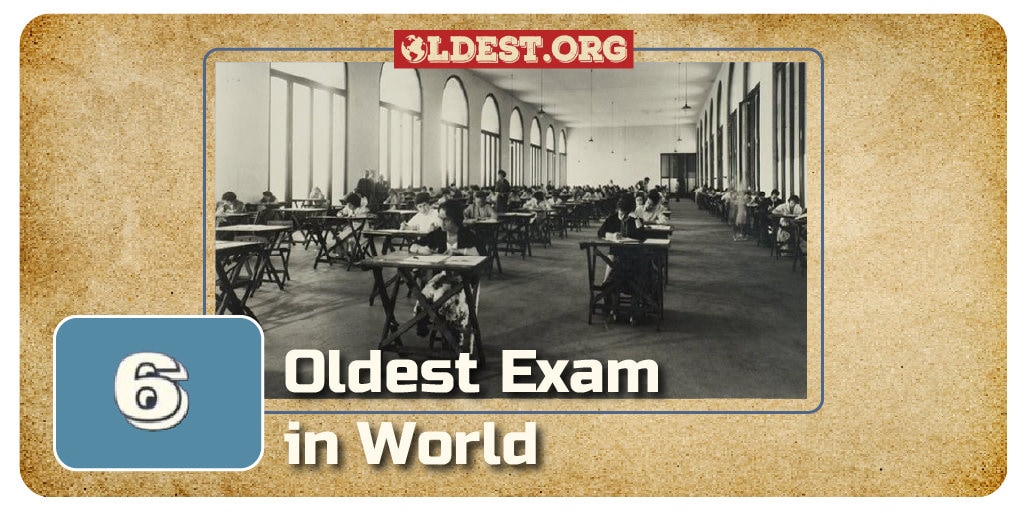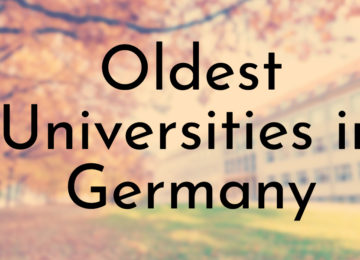Our progress since our primary years is measured using exams. At some point, we have all hated exams. These exams have a long history before us and will be around as long as we can anticipate. Exams, their methods, and criteria have evolved over time.
While it is nearly impossible to get the names of the oldest consecutive exams in the world, we found out about a few significant ones.
Here are the 6 oldest exams in the world!
6. Indian Civil Service Exams by the British – 1858
Year established: 1858
Country: India
Still continues: No (Ended in 1947)
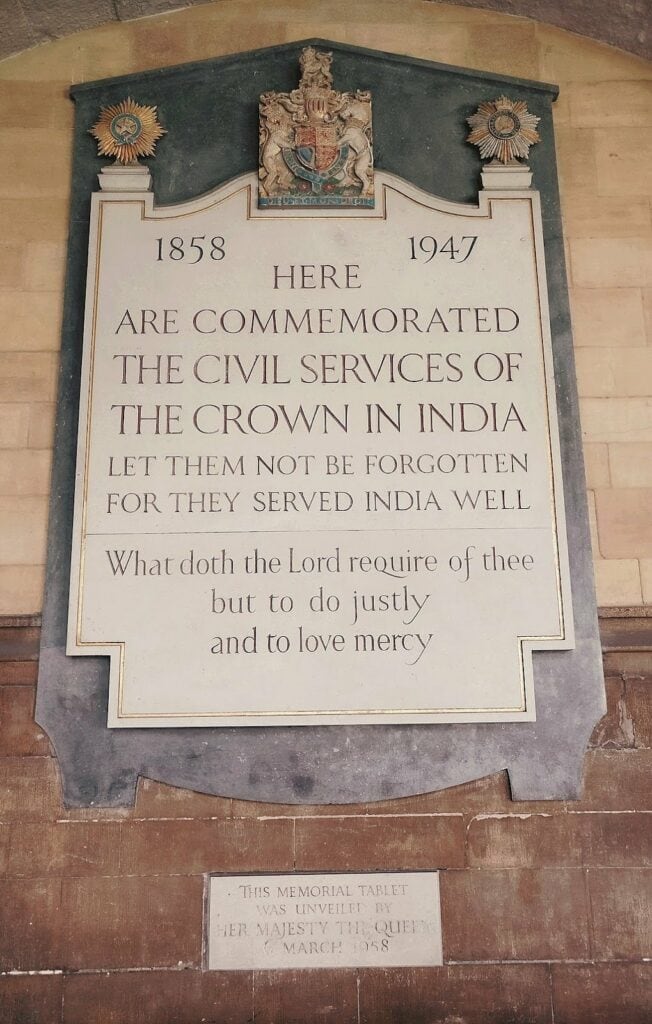
The Indian Civil Service Exams was started by the British East India Company. They used this exam to select bureaucrats in colonial India. This was initially given to select the candidates in London. The whole test focused on British laws and governance.
At the time, only very few Indians could take the exam. Later, the Indian Civil Service Act of 1861 opened the exam to Indians. The first Indian to pass the exam was Satyendranath Tagore in 1864.
Though the exam opened for Indians, the topics actually supported British candidates more. Later, in 1923, the Lee Commission analyzed Indian participation and recommended 25% of Indians in senior roles and higher government positions.
Did you know?
This exam ended after Indian independence, and the civil service examinations continued in other forms under Independent India.
5. Cambridge Mathematical Tripos – 1800s
Year established: 1800s
Country: England
Still continues: Yes
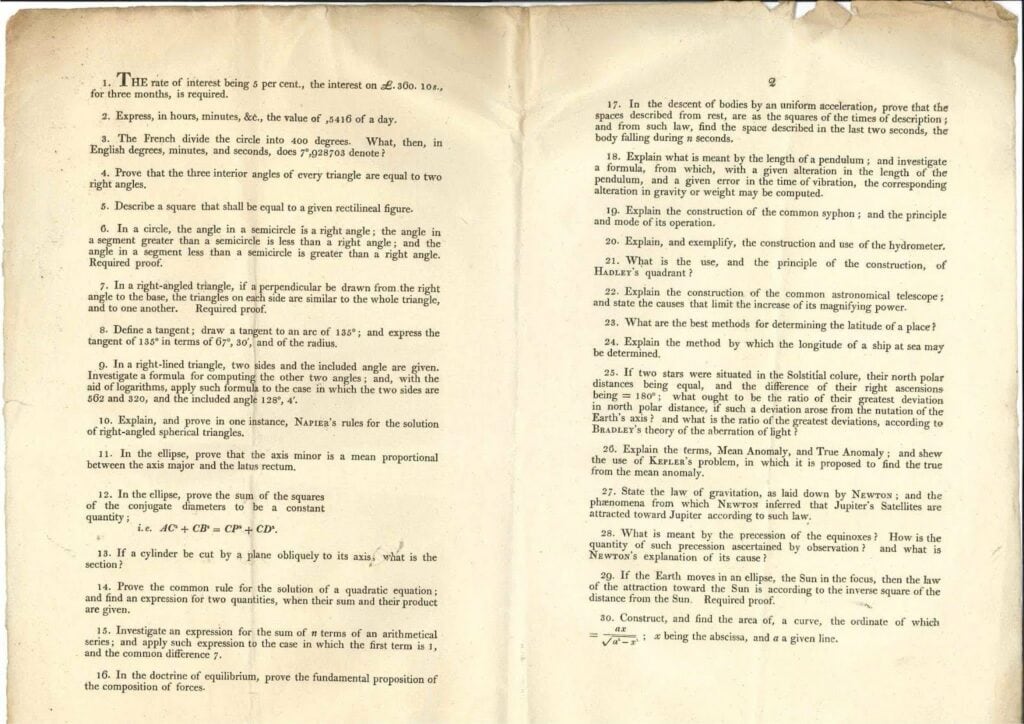
The Cambridge Mathematical Tripos is a math exam conducted at Cambridge University every year. This began in the early 1800s and lasted 8 days. It had 211 questions. The top students at the time scored around 7600 points out of 17,000 points in total.
Students who attended the exam were often trained in problem-solving under private coaches. Some of the most famous coaches of the time were William Hopkins, Edward Routh, William Henry Besant etc. The topics covered in this exam were mainly math, physics, and astronomy.
To survive such a long and hard exam, students had to develop endurance skills as well. Later, in 1909, harder questions were added to reduce the difficulty.
Did you know?
Before women were allowed to write the exam, a few, like Charlotte Angas Scott, unofficially took the exam in 1880. She finished in 8th rank, but a male student was officially recognized, replacing her.
4. École Polytechnique entrance examination – 1794
Year established: 1794
Country: France
Still continues: Yes
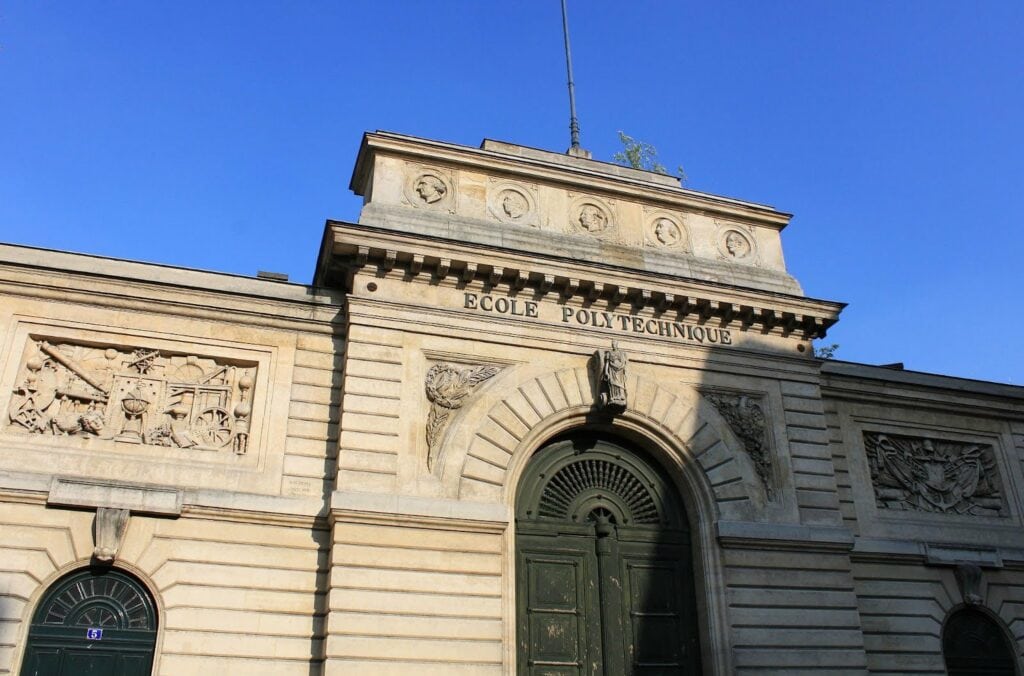
The Ecole Polytechnique entrance examinations started at the beginning of the institution in 1794. This was in France after the French Revolution. Originally, the entrance exams were only oral to admit students.
Their entrance exam focused on mathematics skills and knowledge. By the mid-1800s, written exams were introduced along with oral exams. The skills tested also branch out beyond just mathematics.
The university still continues the entrance exam annually, and the nature of the exam has changed a lot from traditional focus areas.
Did you know?
Admissions were opened to women and foreign students for the first time in the 1990s.
3. Vietnam Imperial examinations – 1075
Year established: 1075
Country: Vietnam
Still continues: No (Ended in 1919)
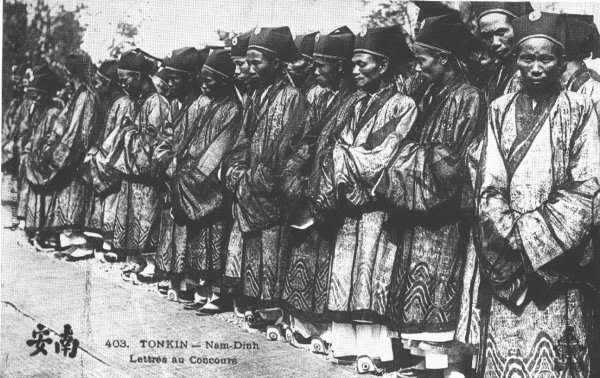
The imperial exams were first established in China and evolved from the ancient Gaokao. Later, it traveled to other parts of Asia, including Vietnam, in 1075. This was during the Lý dynasty and continued for around 850 years. These exams tested Confucian classics knowledge and were key to Vietnamese education and bureaucracy.
The Vietnam imperial examination had 3 levels: exams within a province, regional pre-court exams, and final court exams. Even today, the districts with the most successful candidates in the imperial exam in history have higher levels of education attainment. This is mostly because of the traditions of families in this area investing in education for generations to pass the exam.
Did you know?
Around 30,000 mandarins passed the examinations over 850 years of conducting it.
You can read our article of Oldest Calculators Ever Invented.
2. Korean Gwageo – 958
Year established: 958 AD
Country: Korea
Still continues: No (Ended in 1894)
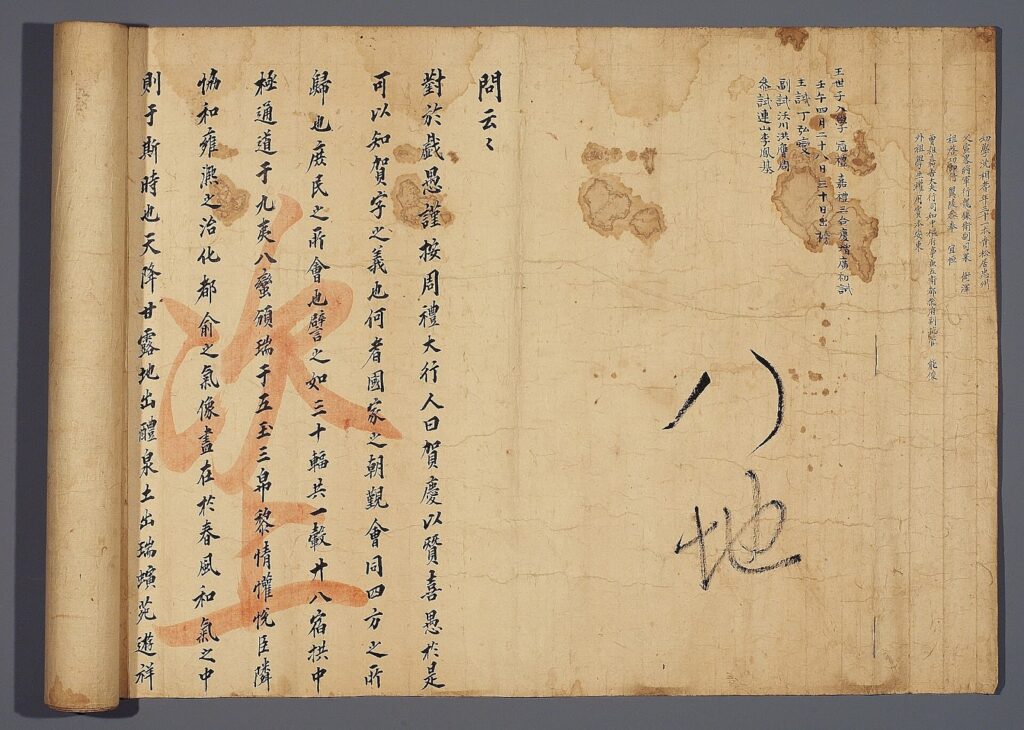
The Gwageo exams started in Korea in 958 AD. This exam was used to select the bureaucrats for over 900 years until 1894. The main knowledge tested on the exam was regarding the Confucian classics and literature. The exam has 3 stages: qualifying, main and final exam.
The Yangban families of Korea prepared intensely for years so their sons could pass the Gwageo exam as they were considered prestigious. Passing this exam was seen as the main path to gaining power and government jobs.
Did you know?
The Gwageo exams were abolished in 1894 during widespread reforms in Korea.
1. Gaokao (China) – 581
Year established: 581 AD
Country: China
Still continues: Yes
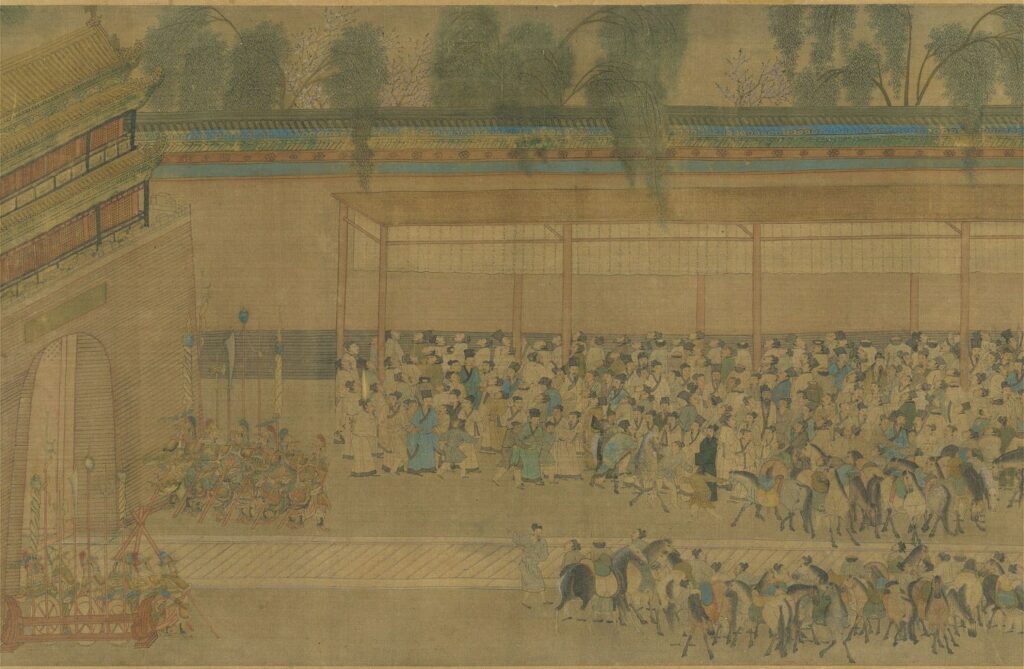
The people of ancient China used to take the imperial examination or the oldest form of Goakao called “keju.” This originated during the Sui Dynasty (AD 581 and 618). It lasted for over 1300 years before it was abolished in the Qing Dynasty (1644 and 1911).
This earliest form of Goakao was actually to qualify people to work for the imperial court. Much later, in 1952, after the establishment of the People’s Republic of China, the Gaokao exam was reformed as the national college entrance exam system.
Today, the Gaokao exam is highly important since it is the only criterion for university admissions.
Did you know?
In 2000, the number of students who wrote the Gaokao was 9 million, which shot up to 13 million in 2023.
Conclusion
Most modern forms of exams have roots in these oldest exams in the world. Not only are these exams old, but they are still considered some of the toughest exams to crack. Asia was evidently at intellectual forefront during that time, and the oldest forms of exams were spread across such countries.
These tests and exams are signs of a progressing society, and the exams had, in time, progressions in themselves. So, the next time you hate an exam, remember that it took thousands of years to evolve and has been an anchor for knowledge for generations.


